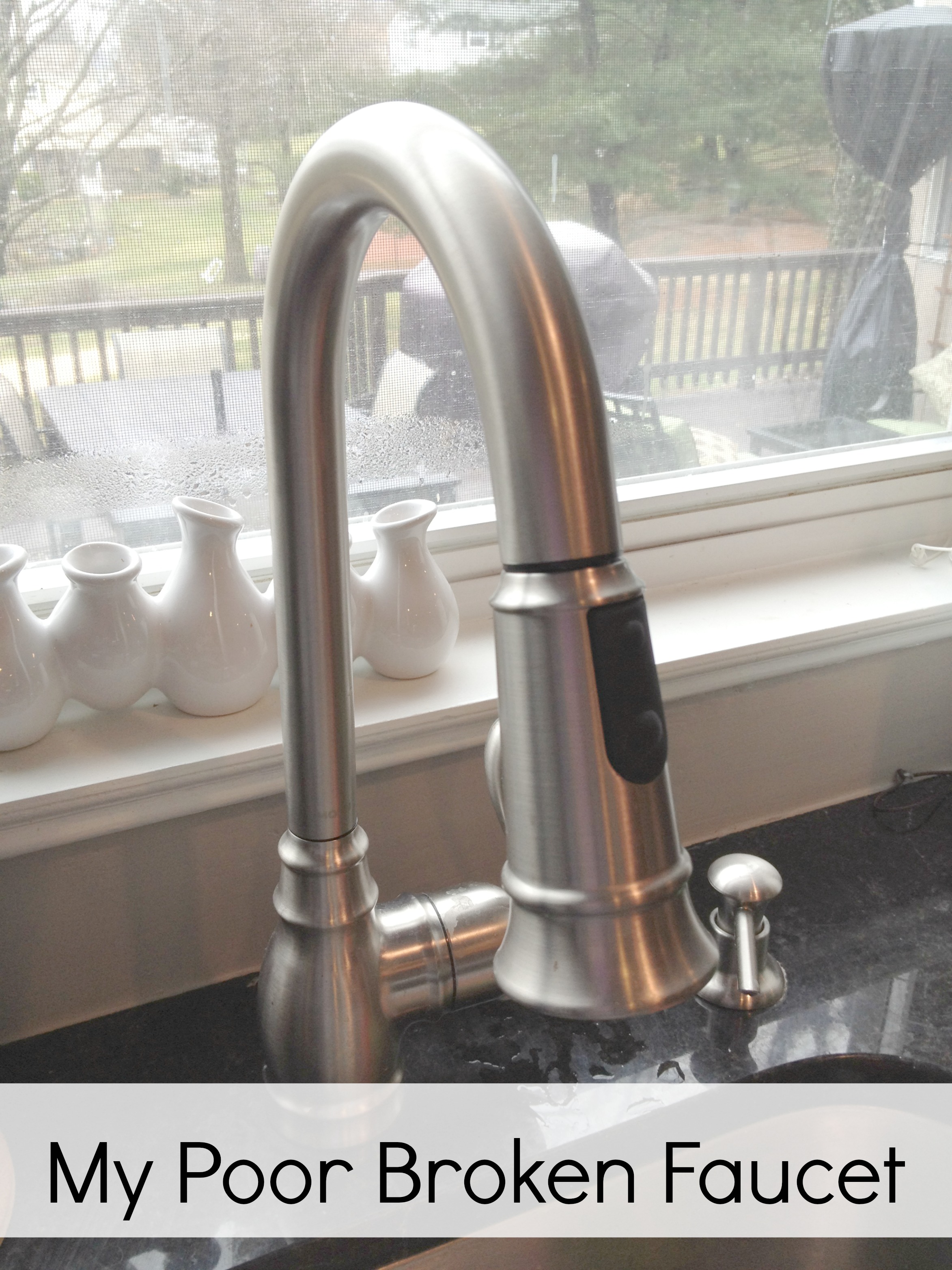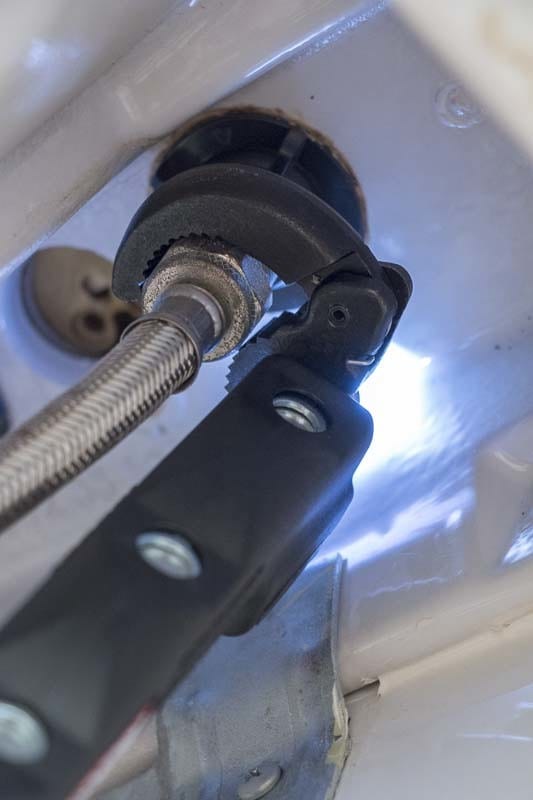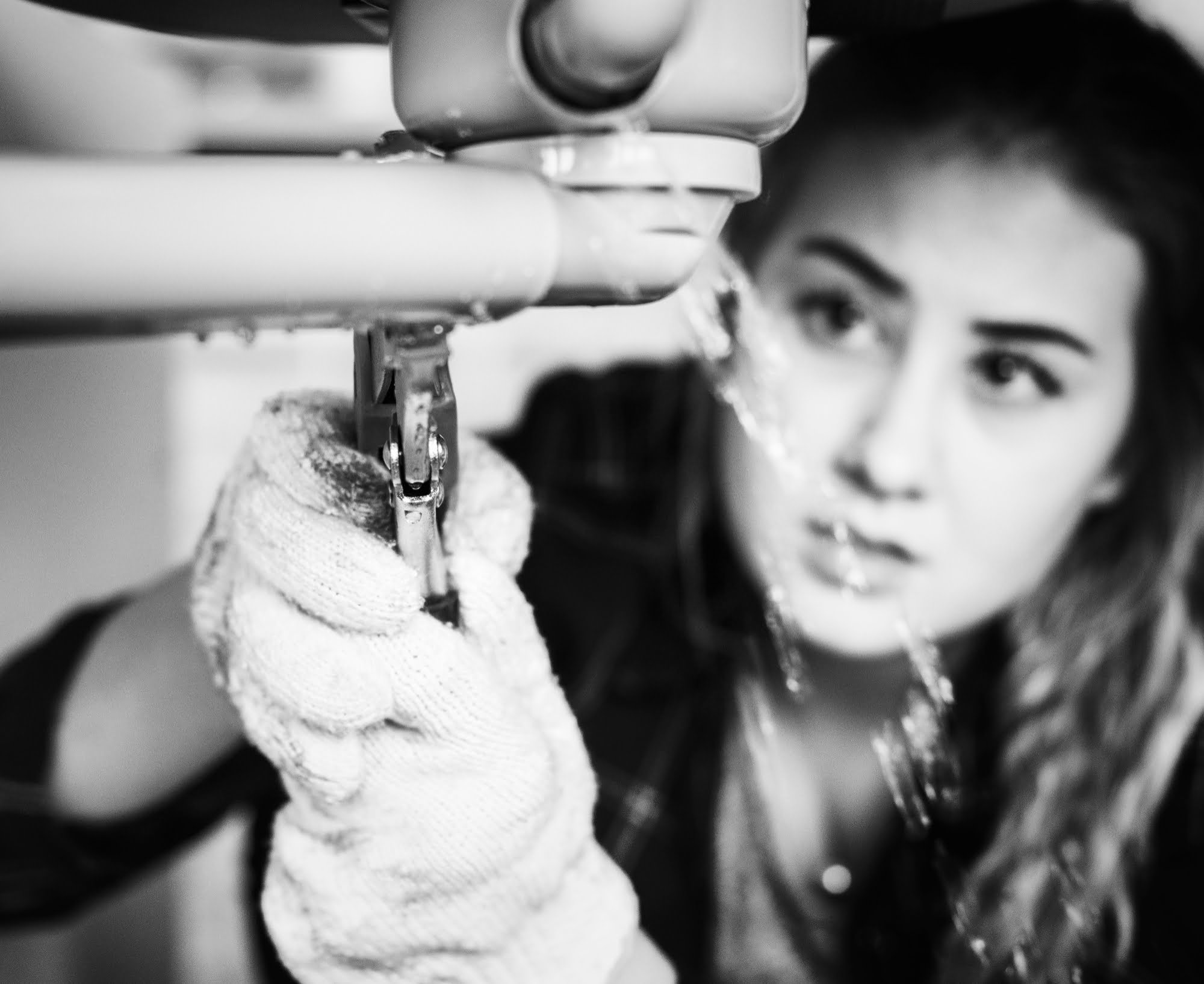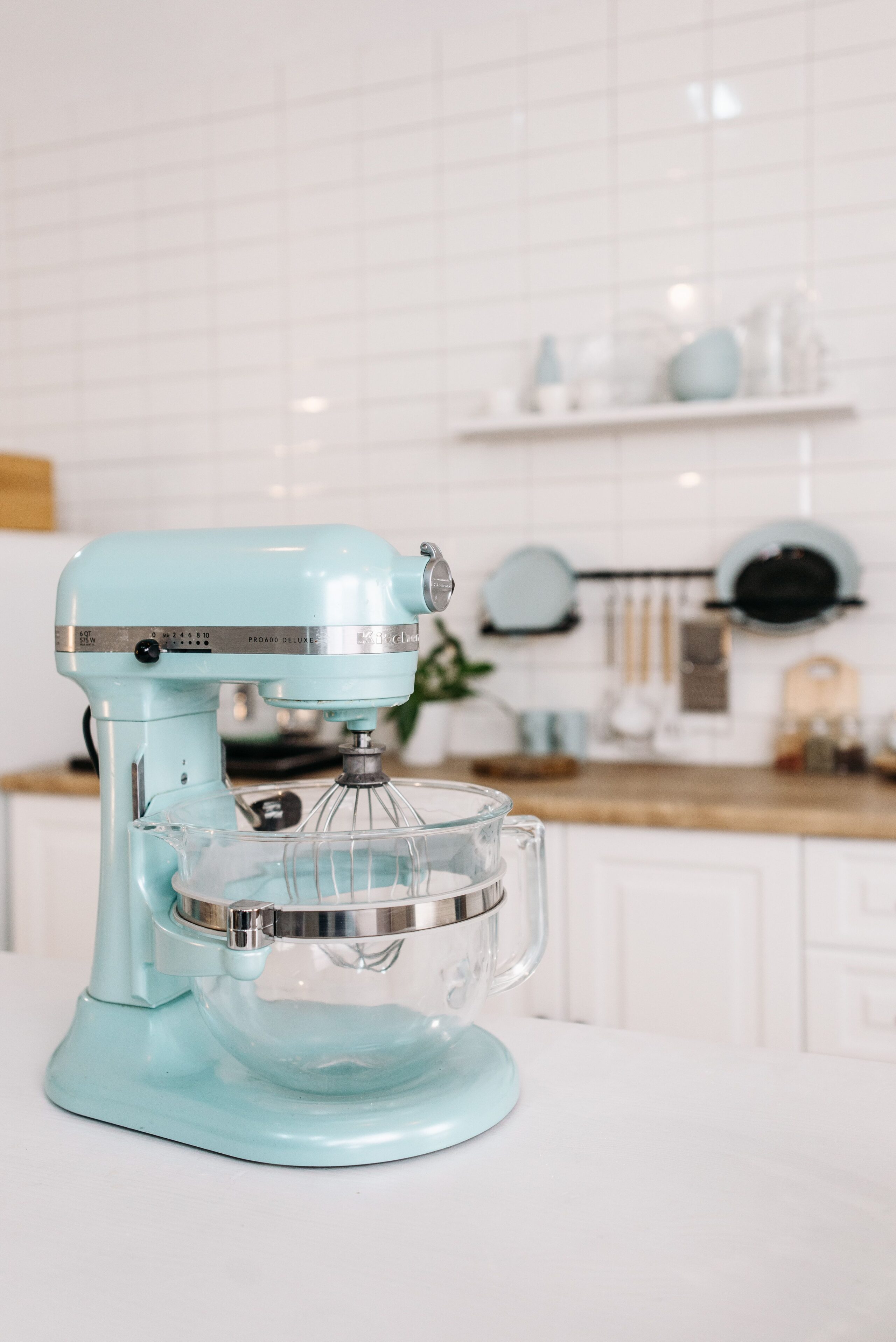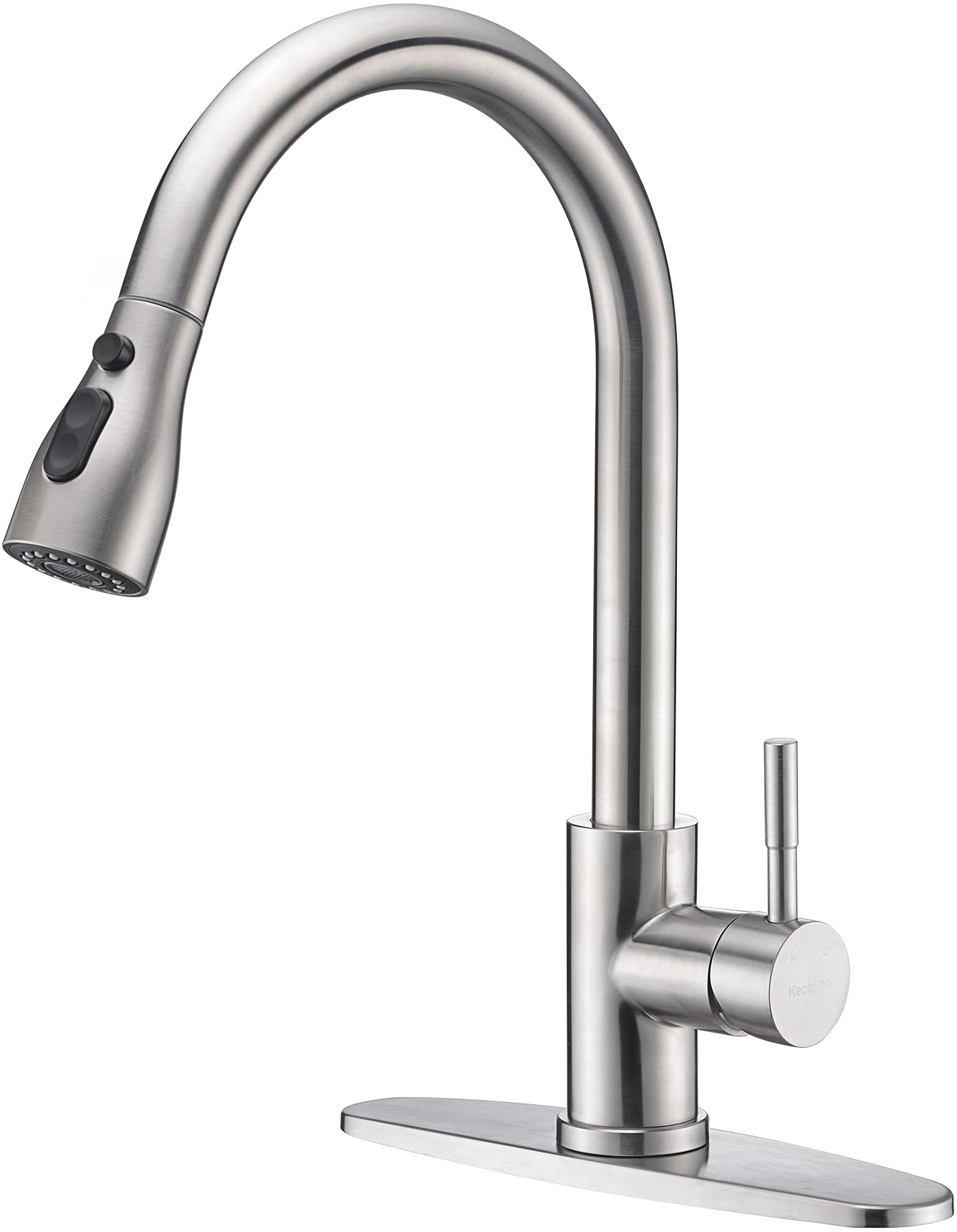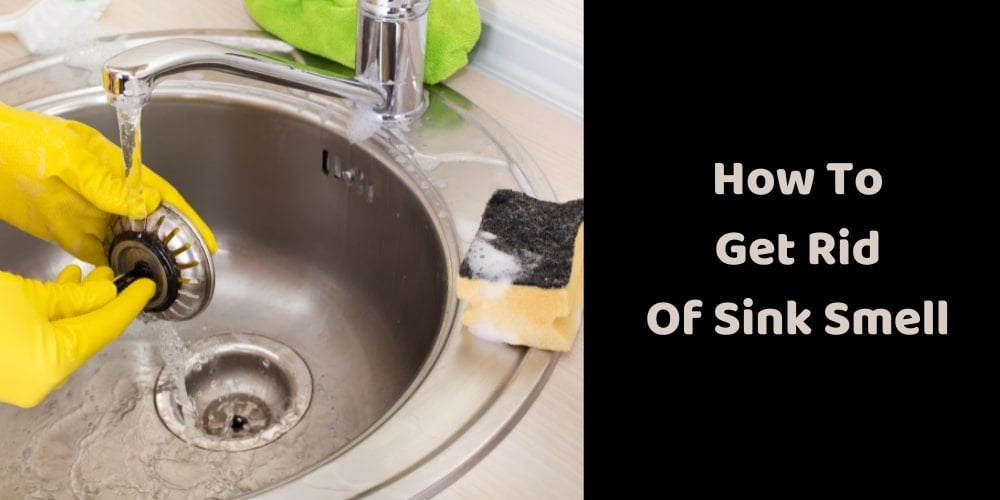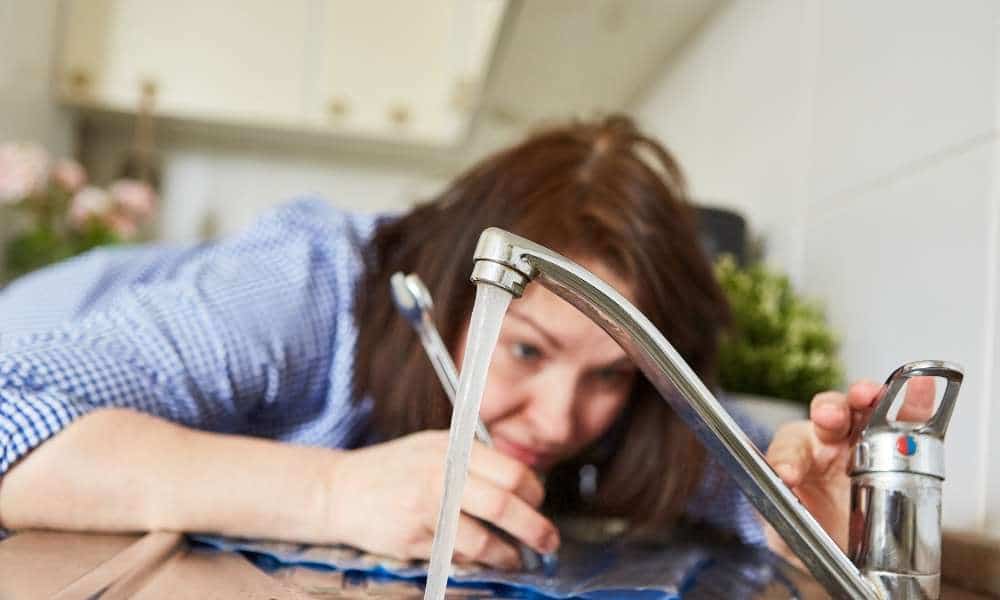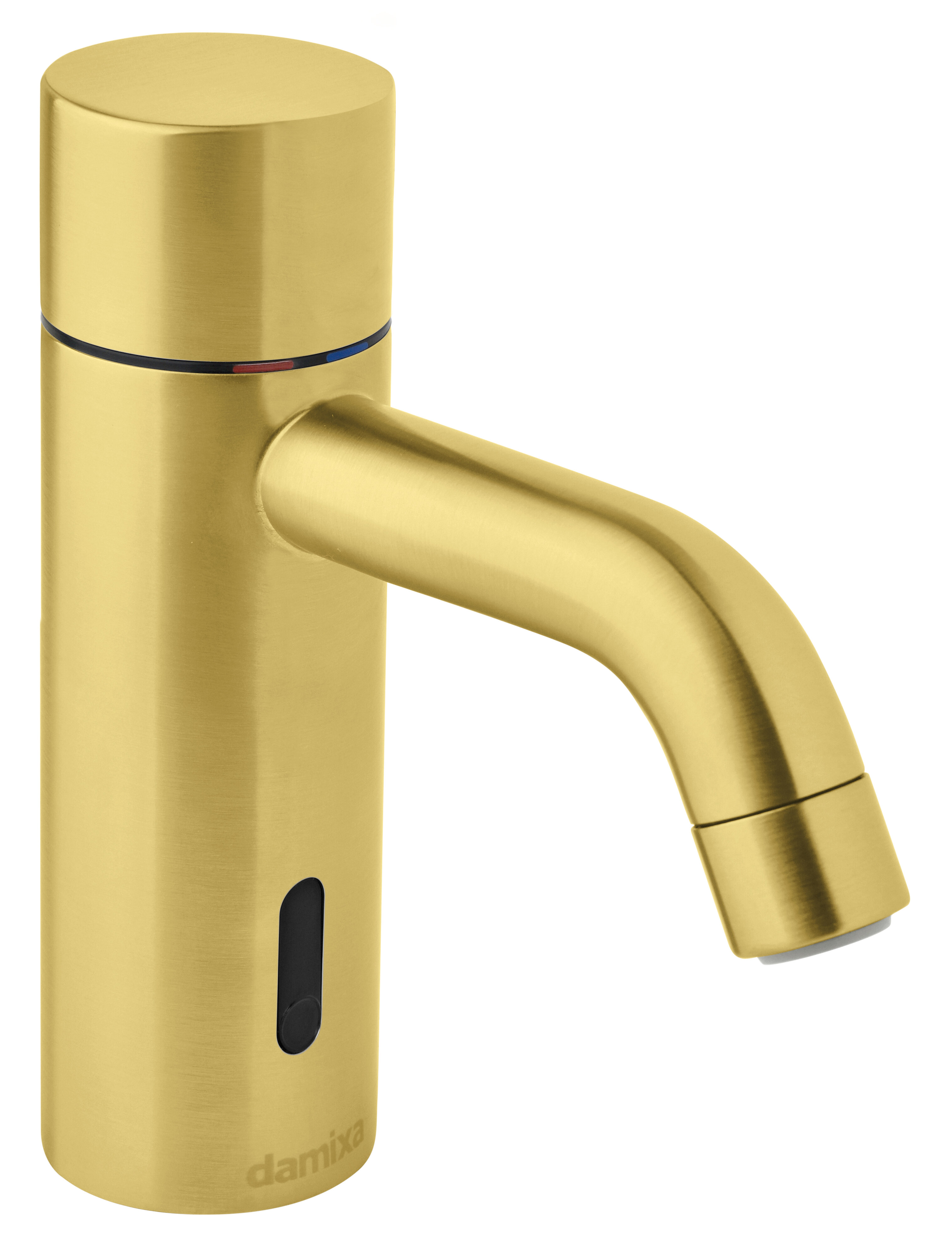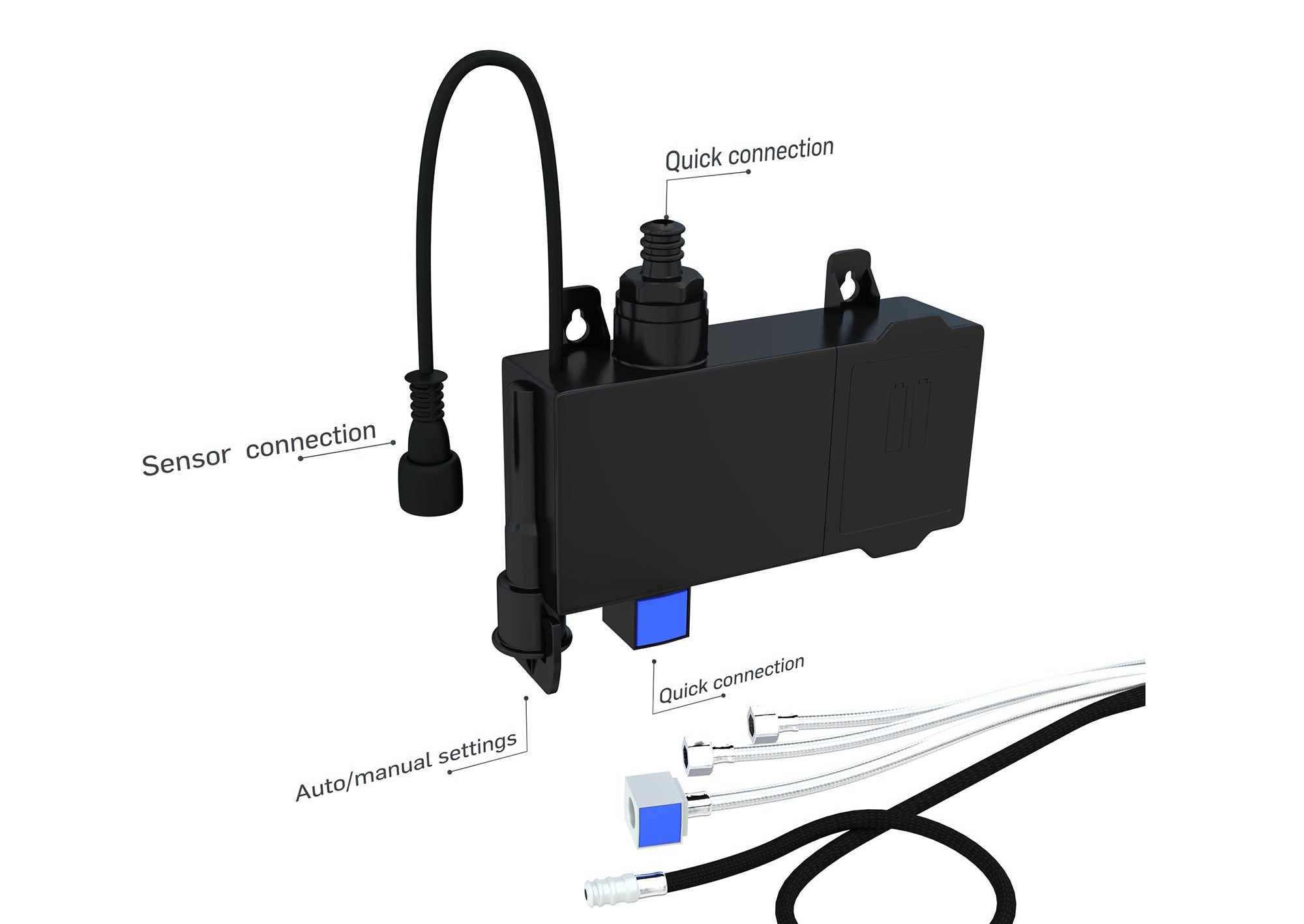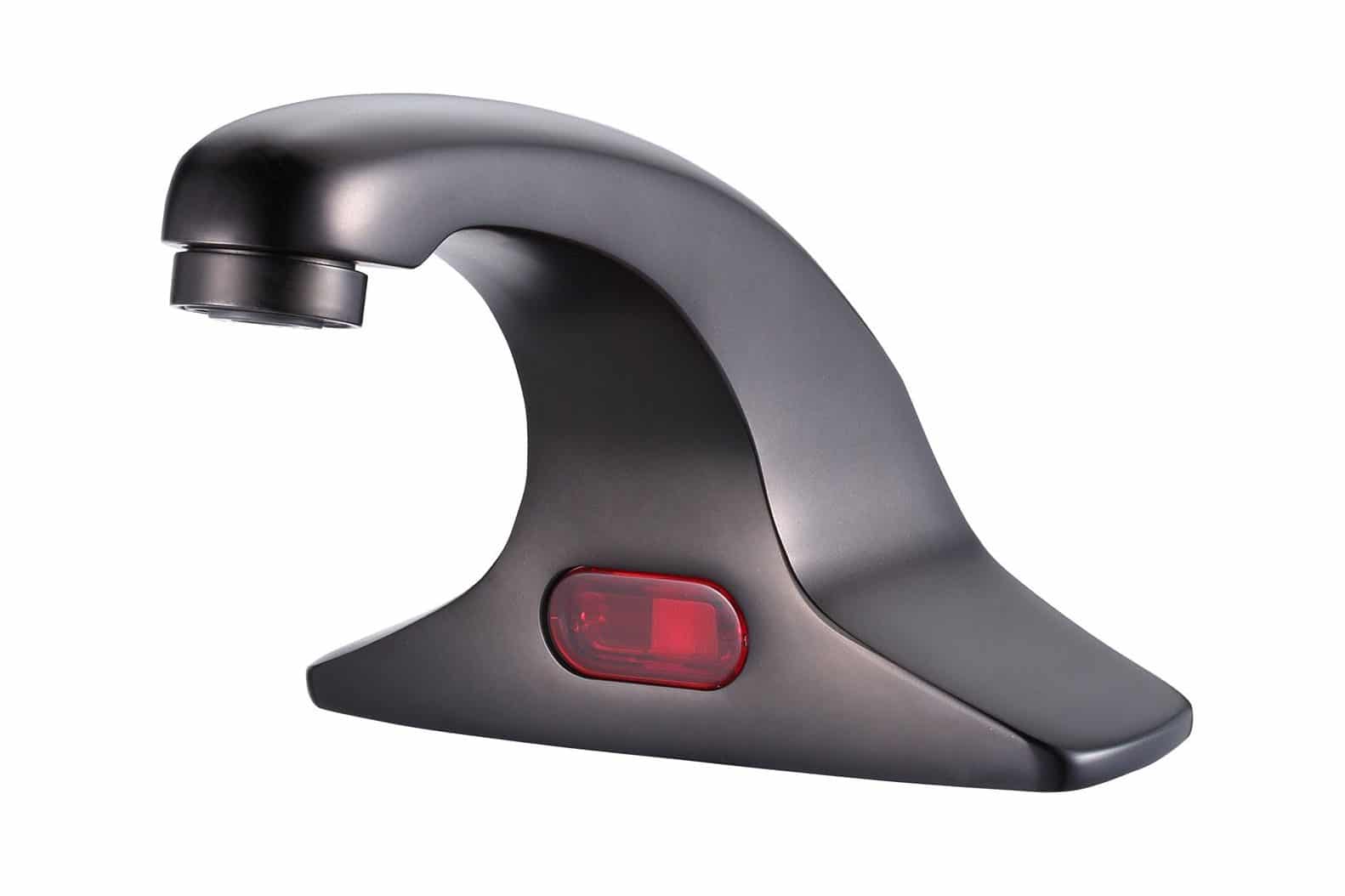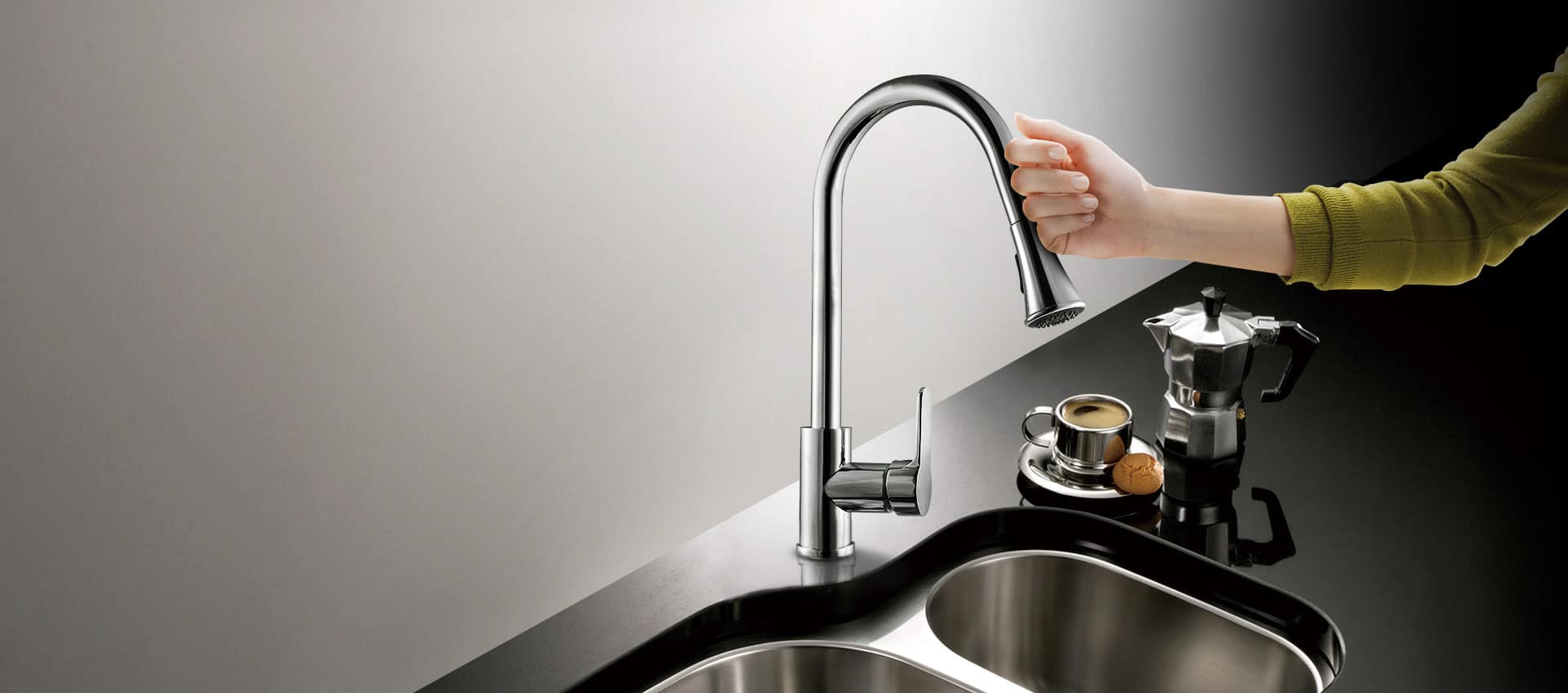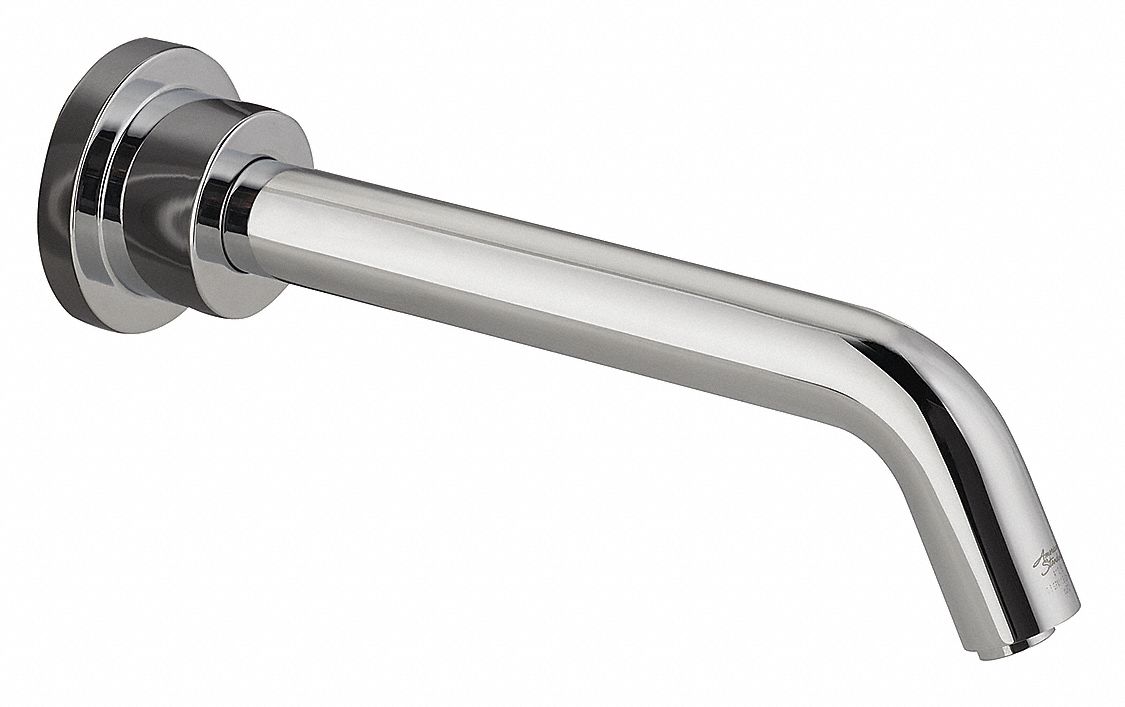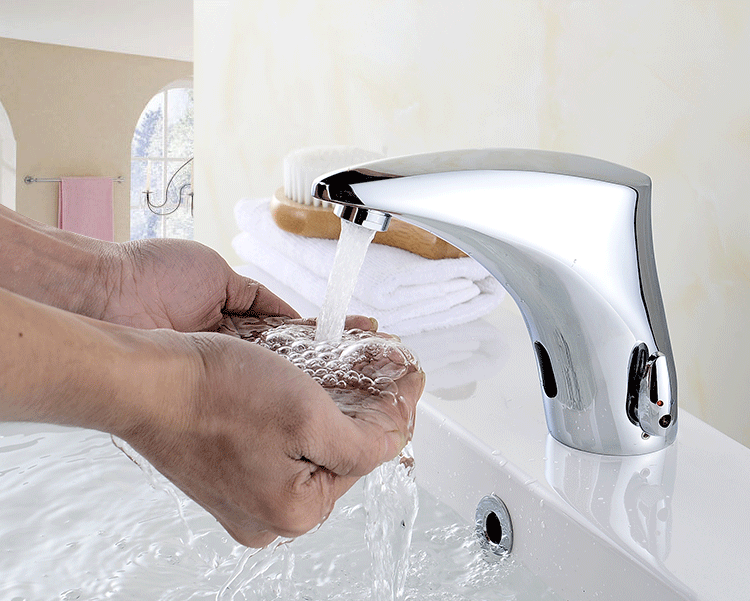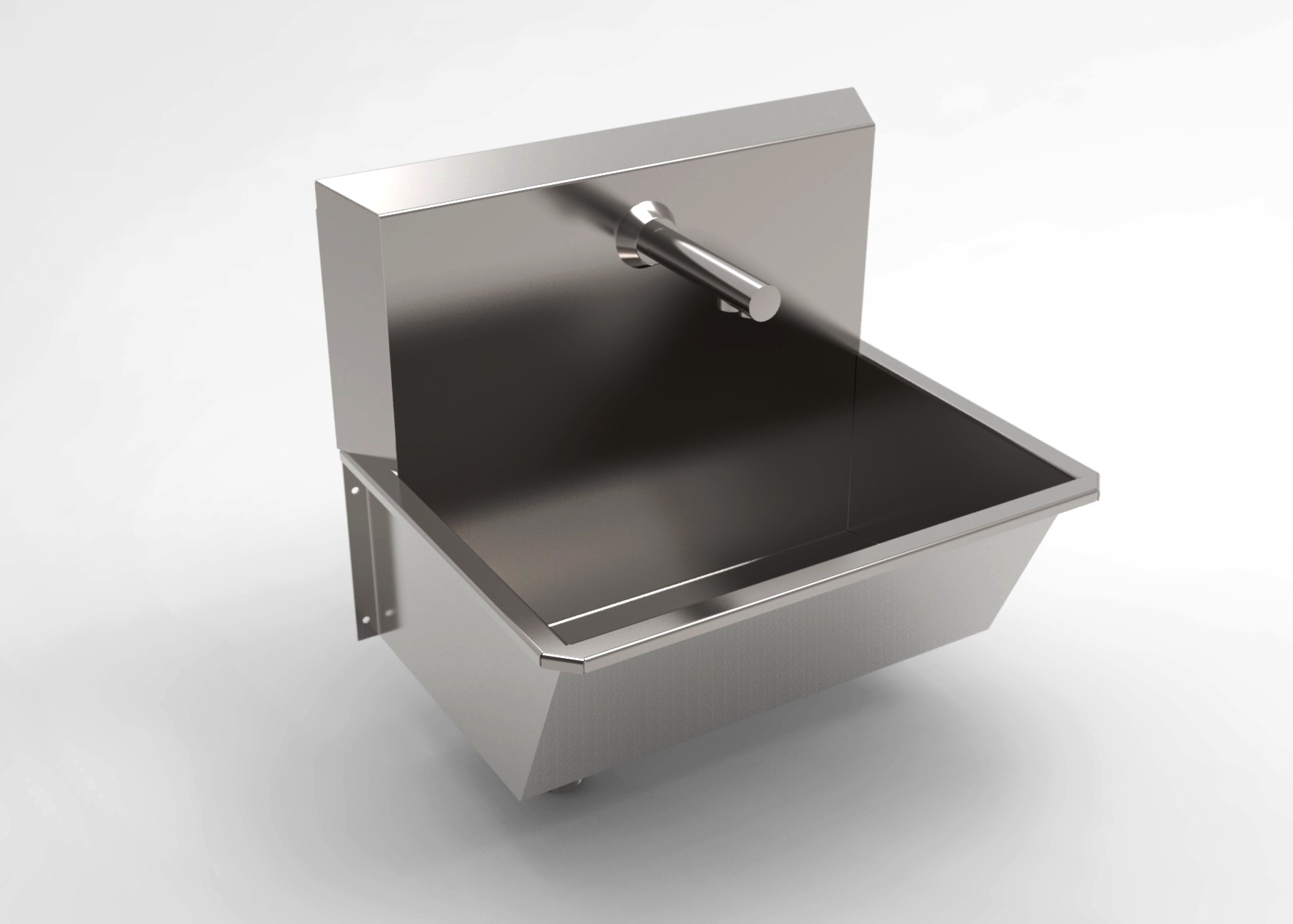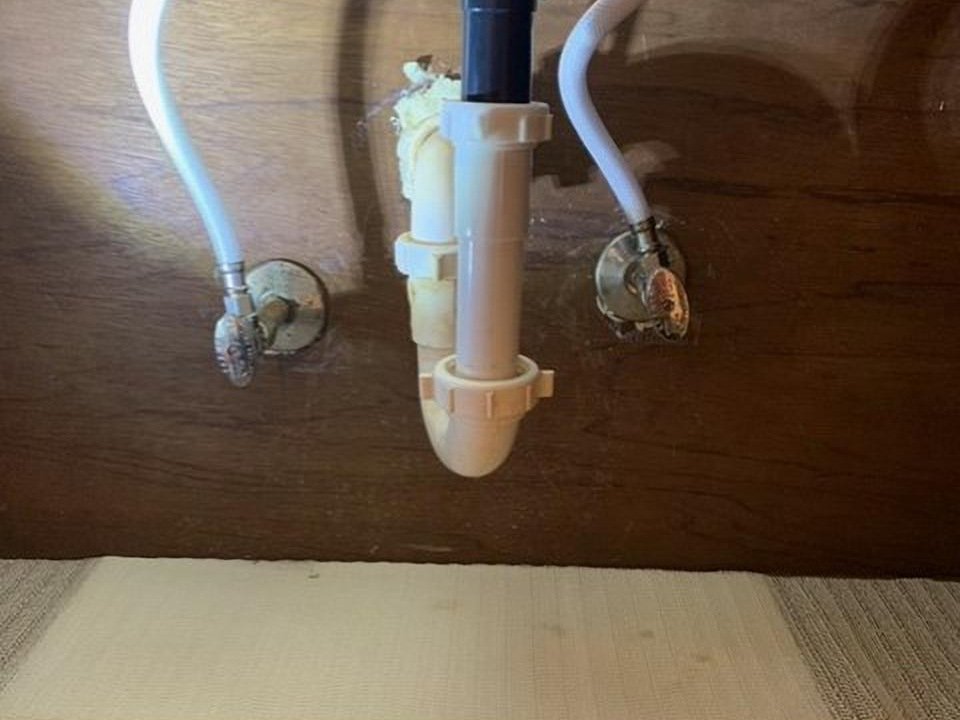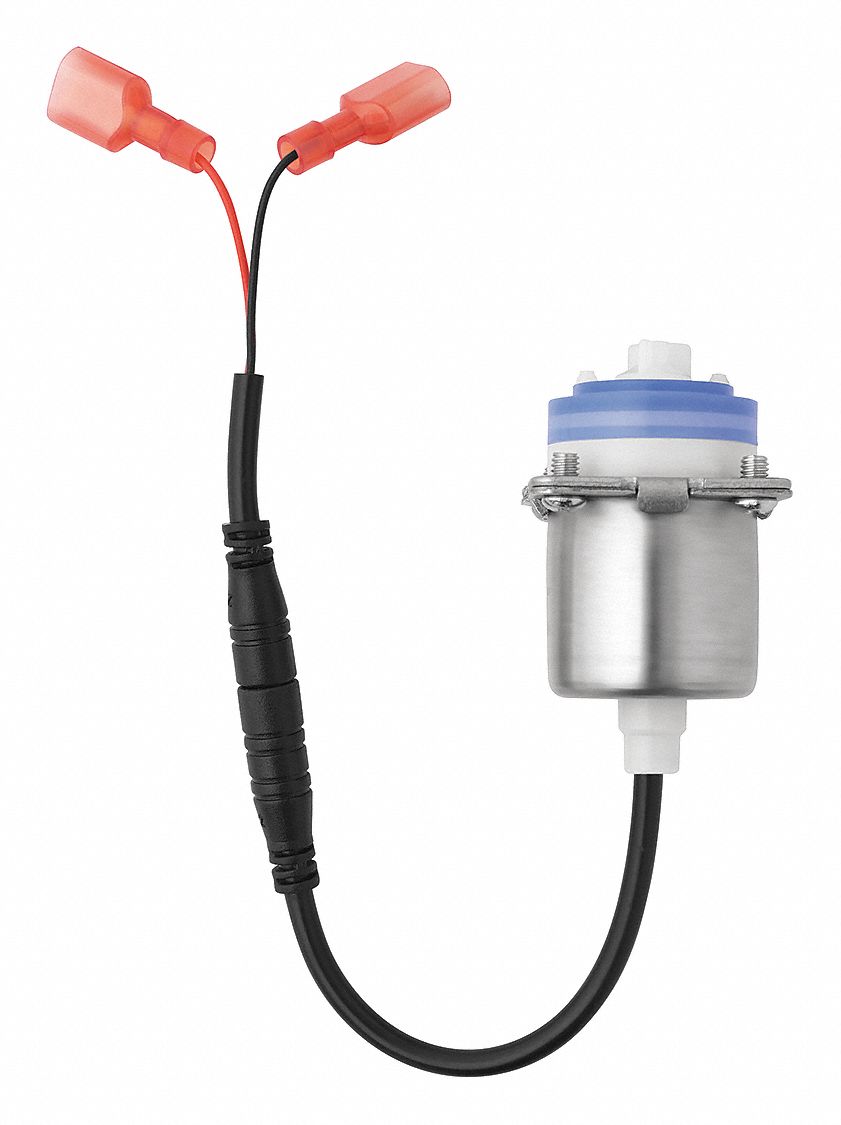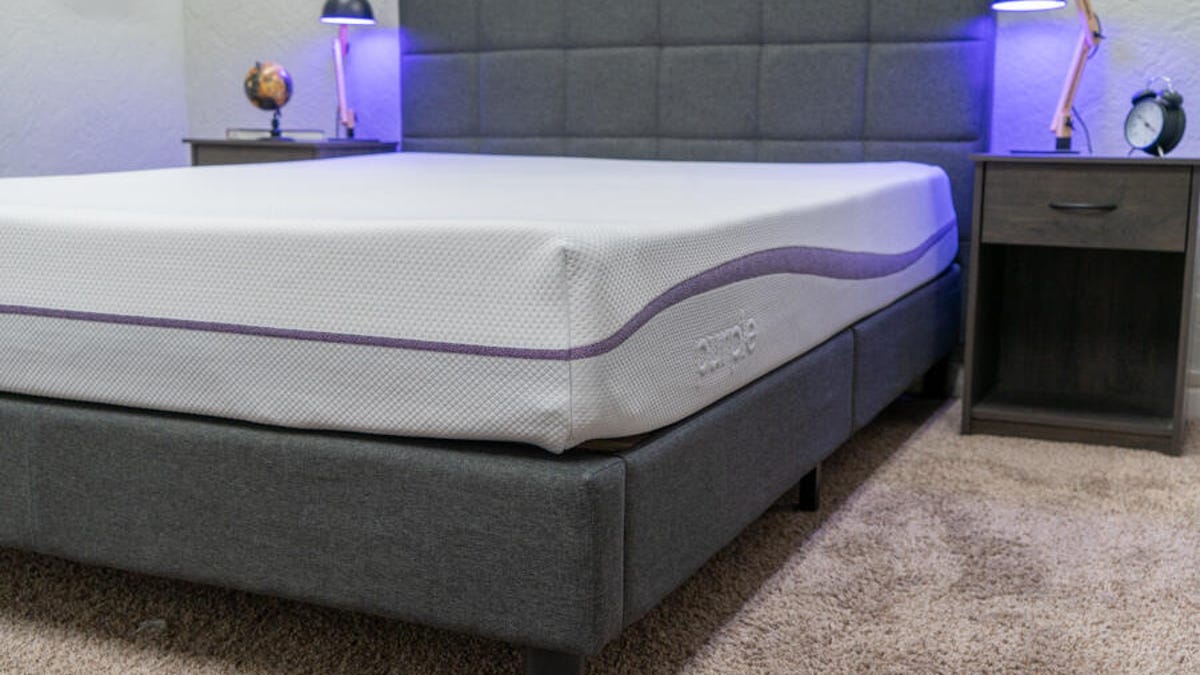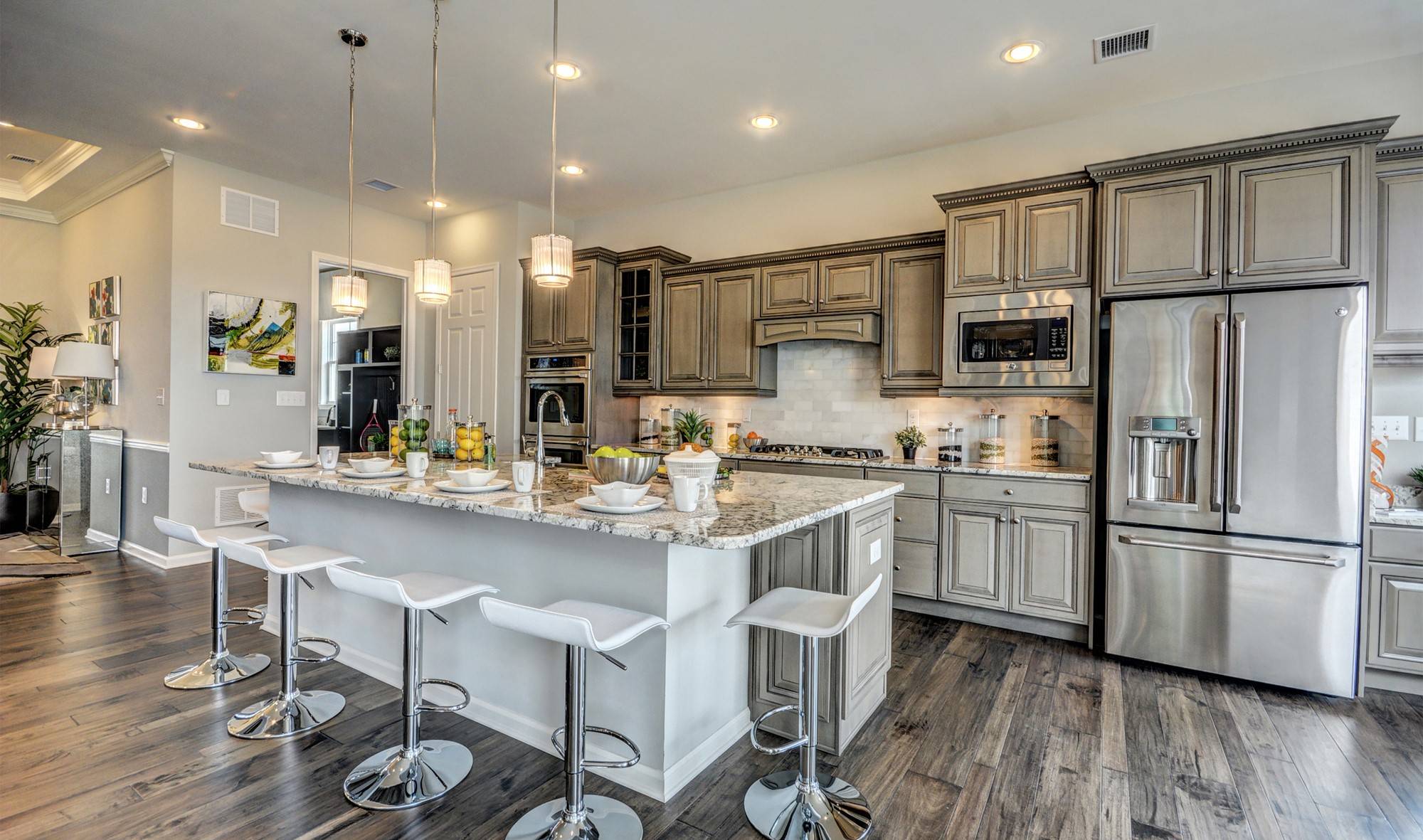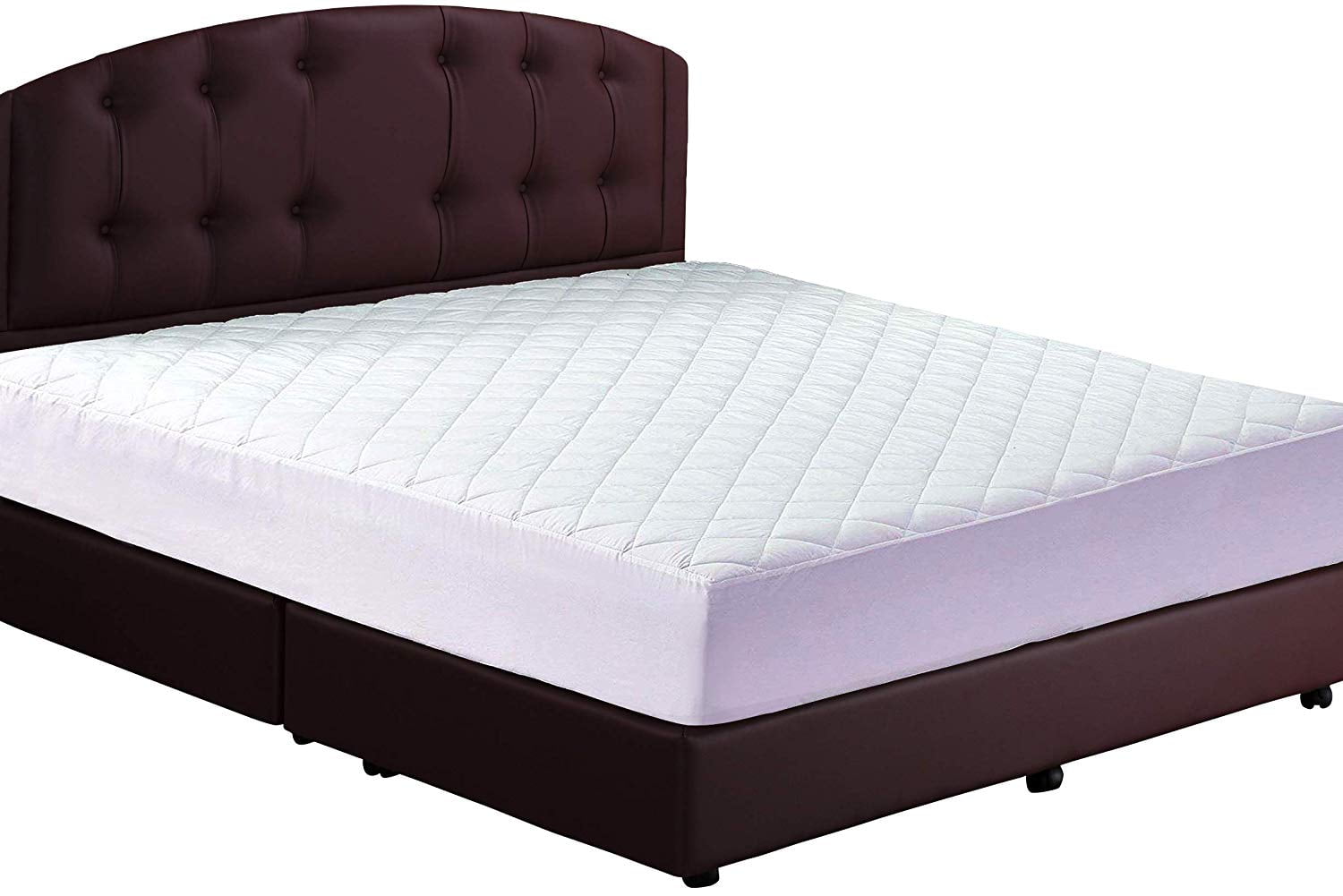If you've noticed that your kitchen sink sensor faucet is not working, don't panic. There are a few simple troubleshooting steps you can take to get it back up and running. In this guide, we'll walk you through some of the common causes of a kitchen sink sensor faucet not working and how to fix them.How to Fix a Kitchen Sink Sensor Faucet That's Not Working
The first step in fixing a kitchen sink sensor faucet that's not working is to troubleshoot the issue. Start by checking the batteries in the faucet. If they are dead, simply replace them and see if that solves the problem. If the batteries are still good, move on to the next step.How to Troubleshoot a Kitchen Sink Sensor Faucet
There are a few common reasons why a kitchen sink sensor faucet may stop working. One of the most common causes is a dirty or malfunctioning sensor. Over time, the sensor can become covered in grime or debris, making it difficult for it to detect movement. Another common cause is a faulty solenoid valve, which controls the flow of water in the faucet.Common Causes of a Kitchen Sink Sensor Faucet Not Working
If your kitchen sink sensor faucet is still not working after replacing the batteries, it's time to clean the sensor. Start by turning off the water supply to the faucet. Then, remove the sensor from the faucet and clean it with a soft cloth and some mild soap. Be sure to dry it thoroughly before reattaching it to the faucet.Replacing the Batteries in a Kitchen Sink Sensor Faucet
If cleaning the sensor doesn't solve the issue, you may need to adjust the sensor range. This is the distance at which the sensor can detect movement. If it's set too far, the faucet may not turn on when you want it to. To adjust the sensor range, refer to the manufacturer's instructions.Cleaning the Sensor on a Kitchen Sink Sensor Faucet
If adjusting the sensor range doesn't do the trick, you may need to replace the sensor altogether. This is usually a simple process, but be sure to refer to the manufacturer's instructions for your specific faucet model. Once the new sensor is in place, test it to see if the faucet is now working properly.Adjusting the Sensor Range on a Kitchen Sink Sensor Faucet
If none of the above solutions work, it's possible that there is an issue with the water supply to the faucet. Check to make sure that the water supply is turned on and that there are no clogs or blockages in the pipes. If the water supply is fine, the issue may be with the solenoid valve.Replacing the Sensor on a Kitchen Sink Sensor Faucet
The solenoid valve is responsible for controlling the flow of water in the faucet. If it's faulty, the faucet may not turn on or off as it should. To replace the solenoid valve, you will likely need to call a professional plumber. They will have the proper tools and knowledge to safely replace the valve and get your faucet working again.Checking the Water Supply to a Kitchen Sink Sensor Faucet
If all else fails, it's best to call a professional for kitchen sink sensor faucet repairs. They will have the expertise and experience to diagnose and fix the issue correctly. Plus, it will save you time and frustration in the long run. In conclusion, a kitchen sink sensor faucet not working can be a frustrating issue, but it's not impossible to fix. By following these troubleshooting steps and seeking professional help when needed, you can get your faucet back to working properly in no time.Replacing the Solenoid Valve on a Kitchen Sink Sensor Faucet
Kitchen Sink Sensor Faucet Not Working? Here's What You Need to Know
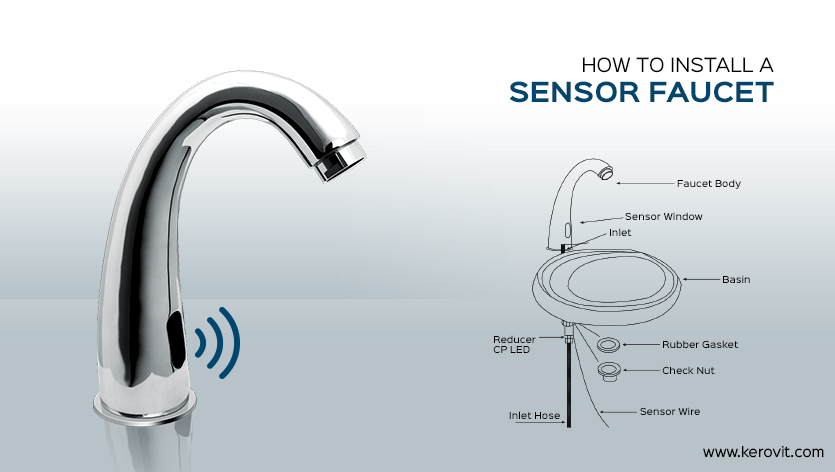
What is a Kitchen Sink Sensor Faucet?
Common Issues with Kitchen Sink Sensor Faucets
 While kitchen sink sensor faucets are great when they work, they can sometimes encounter certain issues. One common problem is when the sensor stops responding and the water does not turn on or off as it should. This can be frustrating and inconvenient, especially if you rely on the touchless feature.
While kitchen sink sensor faucets are great when they work, they can sometimes encounter certain issues. One common problem is when the sensor stops responding and the water does not turn on or off as it should. This can be frustrating and inconvenient, especially if you rely on the touchless feature.
Causes of Sensor Malfunction
 There are a few potential causes for a kitchen sink sensor faucet not working properly. One reason could be a low battery in the sensor. Most touchless faucets require batteries to power the sensors, and if they are low or dead, the sensor may not function properly. Another common cause is a build-up of dirt or grime on the sensor, which can block the sensor's ability to detect hand movements.
There are a few potential causes for a kitchen sink sensor faucet not working properly. One reason could be a low battery in the sensor. Most touchless faucets require batteries to power the sensors, and if they are low or dead, the sensor may not function properly. Another common cause is a build-up of dirt or grime on the sensor, which can block the sensor's ability to detect hand movements.
How to Fix a Kitchen Sink Sensor Faucet
 If your kitchen sink sensor faucet is not working, there are a few steps you can take to fix it. First, check the batteries and replace them if needed. If the batteries are not the issue, try cleaning the sensor with a mild soap or vinegar solution to remove any dirt or grime. You can also try resetting the sensor by turning off the water supply and then turning it back on after a few minutes.
If these steps do not resolve the issue, it may be time to call a professional plumber. They can inspect the faucet and determine if there is a more significant issue that needs to be addressed.
If your kitchen sink sensor faucet is not working, there are a few steps you can take to fix it. First, check the batteries and replace them if needed. If the batteries are not the issue, try cleaning the sensor with a mild soap or vinegar solution to remove any dirt or grime. You can also try resetting the sensor by turning off the water supply and then turning it back on after a few minutes.
If these steps do not resolve the issue, it may be time to call a professional plumber. They can inspect the faucet and determine if there is a more significant issue that needs to be addressed.
Maintaining Your Kitchen Sink Sensor Faucet
 To prevent future issues with your kitchen sink sensor faucet, it is essential to properly maintain it. Regularly cleaning the sensor and changing the batteries when needed can help keep it functioning correctly. It is also essential to use a gentle touch when using the faucet to avoid damaging the sensors.
In addition, it is crucial to choose a high-quality kitchen sink sensor faucet from a reputable brand. This will ensure that you have a durable and reliable product that is less likely to encounter any issues.
In conclusion,
a kitchen sink sensor faucet is a fantastic addition to any home, providing convenience and functionality. However, it is not uncommon for these touchless faucets to encounter issues, such as the sensor not working. By understanding the potential causes and knowing how to fix and maintain your faucet, you can ensure it continues to work smoothly for years to come.
To prevent future issues with your kitchen sink sensor faucet, it is essential to properly maintain it. Regularly cleaning the sensor and changing the batteries when needed can help keep it functioning correctly. It is also essential to use a gentle touch when using the faucet to avoid damaging the sensors.
In addition, it is crucial to choose a high-quality kitchen sink sensor faucet from a reputable brand. This will ensure that you have a durable and reliable product that is less likely to encounter any issues.
In conclusion,
a kitchen sink sensor faucet is a fantastic addition to any home, providing convenience and functionality. However, it is not uncommon for these touchless faucets to encounter issues, such as the sensor not working. By understanding the potential causes and knowing how to fix and maintain your faucet, you can ensure it continues to work smoothly for years to come.

